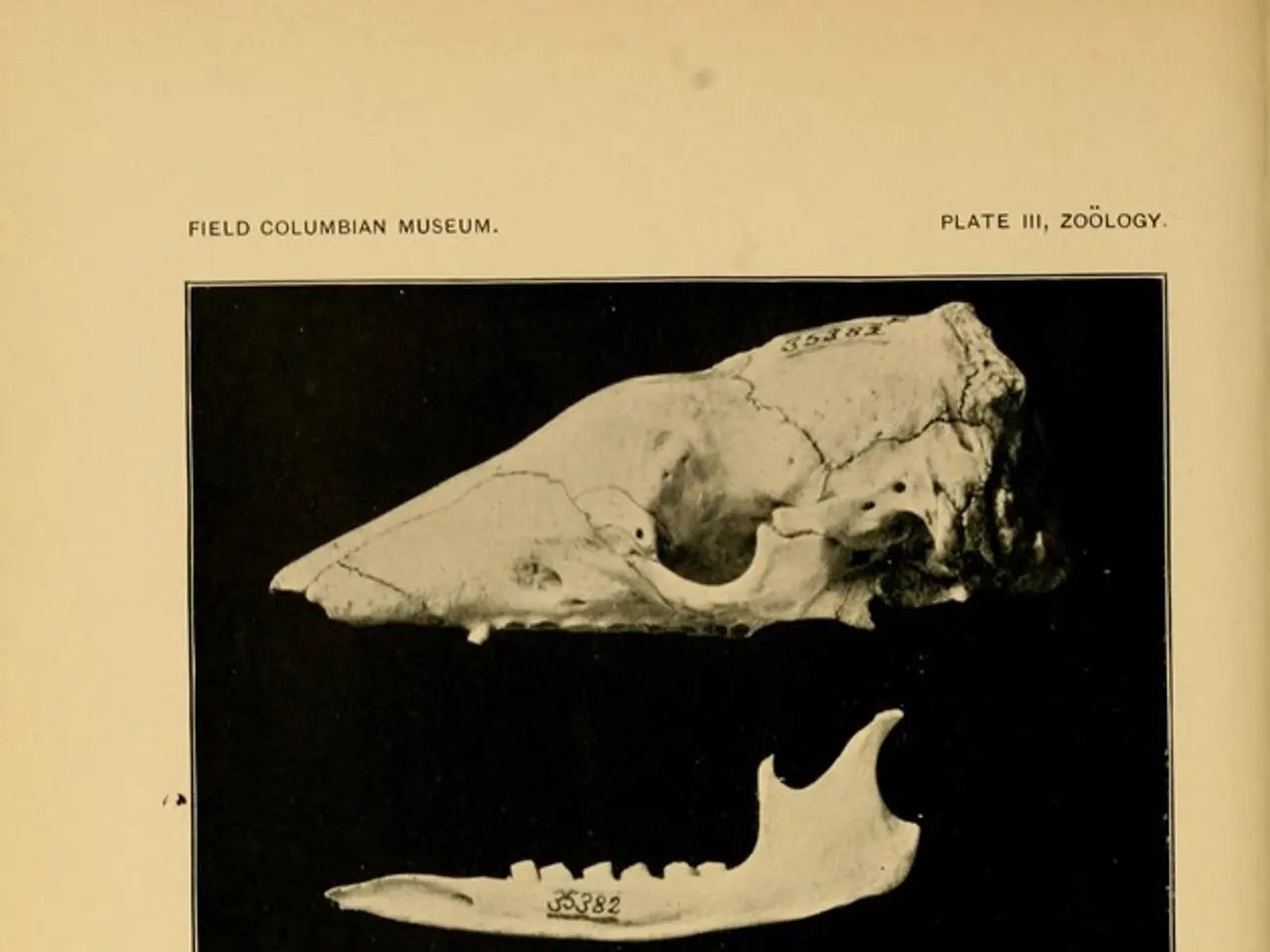Extreme Heat Alert: Unbearable Temperatures Tormenting the City!
In the midst of a scorching heatwave sweeping across Germany, the country is grappling with the growing threat of extreme temperatures, particularly for vulnerable groups such as the elderly and those with pre-existing conditions. As the first heatwave of the year unfolds, authorities are urging caution and emphasizing the need for better preparedness.
The heatwave has exposed the country's shortcomings in a comprehensive heat protection strategy. Despite heat being the leading cause of weather-related deaths, surpassing traffic accidents, Germany appears to be lagging in its response. Authorities are calling for increased societal awareness about the dangers of heat and the importance of being better prepared, as heatwaves become more frequent, longer, and more intense.
Public health measures are being implemented in cities like Berlin, Frankfurt, and Cologne. Heat alerts are issued for vulnerable groups, encouraging them to stay out of the midday sun, use cooler ventilation strategies indoors, and check medication for heat tolerance. Public spaces like parks and fountains become critical cooling spots, while sales of fans and portable air conditioners rise during heatwaves.
In terms of structural and urban planning measures for heat resilience, German cities are making strides. Expansion of urban green spaces, incorporation of heat resilience into building and housing plans, and broad integration of heat resilience in civic infrastructure are being implemented. Speed restrictions on trains during extreme heat to prevent infrastructure damage illustrate adaptations beyond health to protect urban systems.
However, experts stress that these measures must be scaled up rapidly to meet the increasing threat posed by climate change. The current heat experienced is only a preview of far more dangerous conditions expected in the near future, highlighting the need for proactive and systemic urban heat resilience planning.
To address this, cities are appointing specialized "heat officers" who coordinate measures to protect vulnerable urban populations from rising temperatures. These officers help raise awareness, issue heat alerts, and promote practical actions to mitigate health risks during heatwaves.
The State Office of Health in Berlin is running an information campaign called "Bear Heat" to clarify the consequences of extreme heat, recommending drinking enough, cooling down, and ventilating in the morning. However, the campaign may mask the fact that the state is unwilling to spend money on genuine heat protection.
Investing in heat protection requires a significant amount of money, including for public and private buildings, hospitals, and nursing homes to become heat-resistant. Structural measures like electric blinds or green facades could help mitigate heat in apartments, but they are expensive and not commonly installed by landlords. Even water-based recreational activities like splashing, water games, and sprinkler systems can be costly.
Despite these challenges, there is a glimmer of hope. A nationwide heat action day is held at the beginning of June to create more awareness about extreme heat. The climate-resilient transformation of German metropolises is delayed due to tight budgets and misguided priorities, but the heatwave is being recognized as a threat to public health.
As the heatwave continues to unfold, it serves as a stark reminder of the urgent need for a more comprehensive, coordinated national approach to heat protection and urban heat resilience planning to safeguard the population as climate change intensifies heat threats.
[1] GermanWatch (2021). Germany's Adaptation Progress Report 2021. Retrieved from https://www.germanwatch.org/en/15714 [2] Deutsche Welle (2021). Heatwave hits Germany, prompting warnings and precautions. Retrieved from https://www.dw.com/en/heatwave-hits-germany-prompting-warnings-and-precautions/a-58749800 [4] Federal Ministry for the Environment, Nature Conservation and Nuclear Safety (2021). Adaptation Strategy Germany 2050. Retrieved from https://www.umweltbundesamt.de/en/climate-change/adaptation/adaptation-strategy-germany-2050
- The urgent need for a more comprehensive, coordinated national approach to heat protection and urban heat resilience planning extends beyond environmental science, also encompassing health-and-wellness, as the first heatwave of the year exposes vulnerabilities in Germany's current heat protection strategy, particularly for the elderly and those with pre-existing conditions.
- In response to the growing threats posed by climate change, such as heatwaves, the German government should prioritize investments in heat protection in various sectors, including public and private buildings, hospitals, and nursing homes, employing practical solutions like electric blinds, green facades, and water-based recreational activities, thereby contributing to the advancement of climate change adaptation and mitigation efforts, including those in science and environmental-science.




